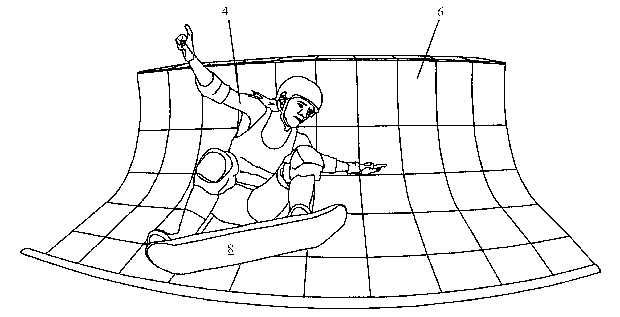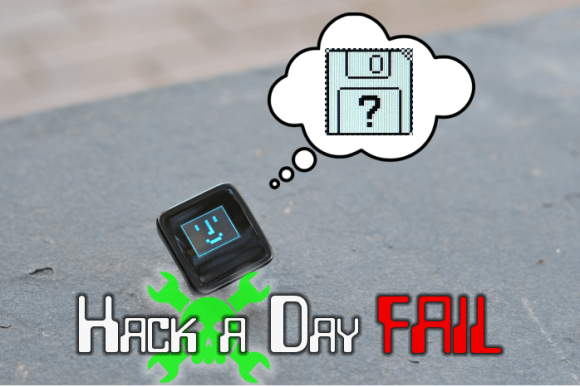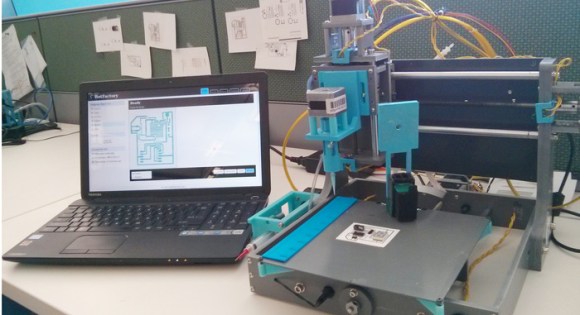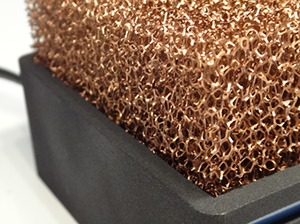Press embargoes lifted today, heralding the announcement of the world’s first hoverboard. Yes, the hovering skateboard from Back to the Future. It’s called the Hendo hoverboard, it’s apparently real, and you can buy one for $10,000. If that’s too rich for your blood, you can spend $900 for a ‘technology demonstrator’ – a remote-controlled hovering box powered by the same technology.
Of course the world’s first hoverboard is announced to the world as a crowd funding campaign, so before we get to how this thing is supposed to work, we’ll have to do our due diligence. The company behind this campaign, Arx Pax Labs, Inc, exists, as does the founder. All the relevant business registration, biographical information, and experience of the founder and employees of Arx Pax check out to my satisfaction. In fact, at least one employee has work experience with the innards of electric motors. At first glance, the company itself is actually legit.
The campaign is for a BttF-style hoverboard, but this is really only a marketing strategy for Arx Pax; the hoverboards themselves are admittedly loss leaders even at $10,000 – the main goal of this Kickstarter is simply to get media attention to the magnetic levitation technology found in the hoverboard. All of this was carefully orchestrated, with a ‘huge event’ to be held exactly one year from today demonstrating a real, working hoverboard. What’s so special about demoing a hoverboard on October 21, 2015?

I defy anyone to come up with a better marketing campaign than this.
The meat of the story comes from what has until now been a scientific curiosity. Everyone reading this has no doubt seen superconductors levitated off a bed of magnets, and demonstrations of eddy currents are really just something cool you can do with a rare earth magnet and a copper pipe. What [Greg Henderson] and Arx Pax have done is take these phenomena and turned them into a platform for magnetic levitation.
According to the patent, the magnetic levitation system found in the Hendo hoverboard works like this:
- One or more electric motors spin a series of rotors consisting of an arrangement of strong permanent magnets.
- The magnets are arranged in a Halbach array that enhances the magnetic field on one side of the array, and cancels it on the other.
- By placing the rotors over a conductive, non-ferrous surface – a sheet of copper or aluminum, for example – eddy currents are induced in the conductive surface.
- These eddy currents create a magnetic field that opposes the magnetic field that created it, causing the entire device to levitate.

That’s it. That’s how you create a real, working hoverboard. Arx Pax has also developed a method to control a vehicle equipped with a few of these hover disks; the $900 ‘Whitebox’ technology demonstrator includes a smart phone app as a remote control.
If you’re still sitting in a steaming pile of incredulity concerning this invention, you’re in good company. It’s a fine line between being blinded by brilliance and baffled by bullshit, so we’re leaving this one up to you: build one of these devices, put it up on hackaday.io, and we’ll make it worth your while. We’re giving away some gift cards to the Hackaday store for the first person to build one of these hoverboards, preferably with a cool body kit. The Star Wars landspeeder has already been done, but the snowspeeder hasn’t. Surprise us.







 First rule of reading anything: if a headline is an interrogative, the answer is a resounding ‘no’. This might be the one exception to that rule.
First rule of reading anything: if a headline is an interrogative, the answer is a resounding ‘no’. This might be the one exception to that rule.









